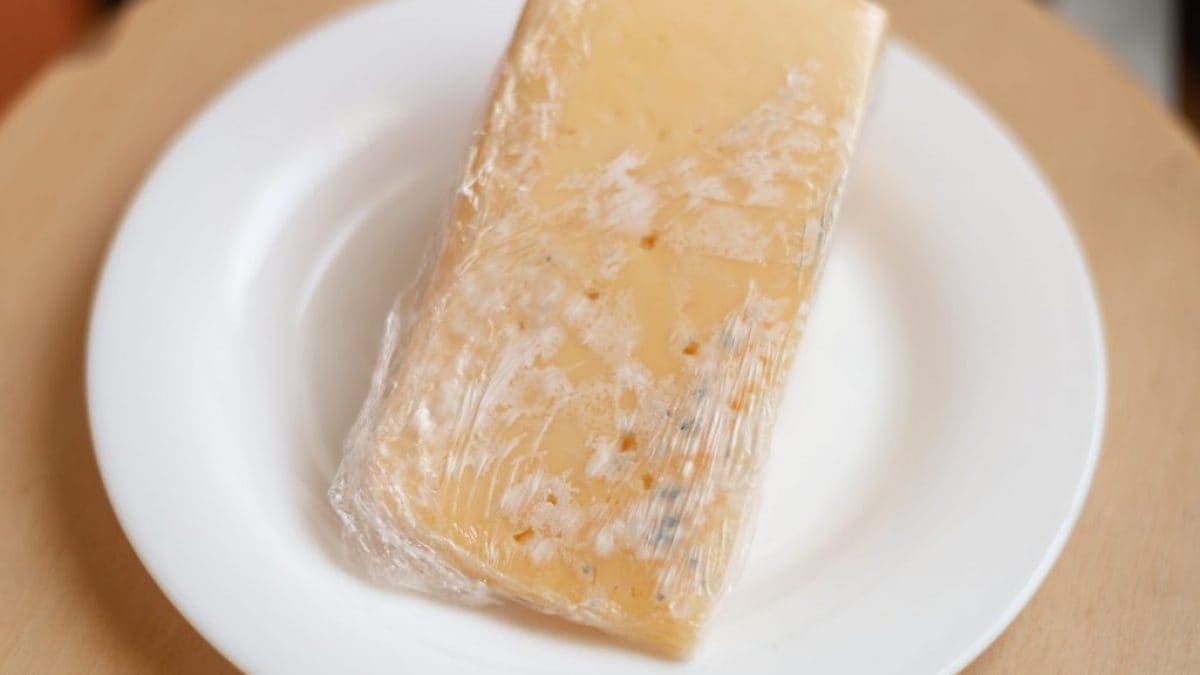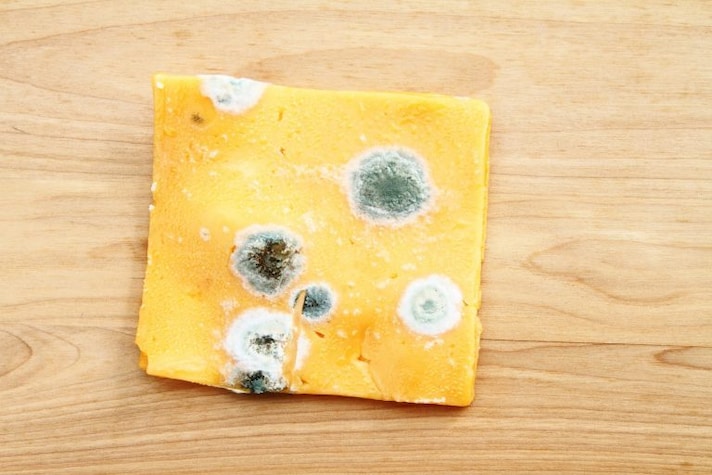
The doubt is legitimate. It is food, and wasting it is always a sin. Furthermore, cheese can be an excellent source of protein (100 g of caciocavallo contains a third more than an equal amount of chicken) and a quality artisanal product. It almost seems that even molds appreciate these characteristics and that is why they are fond of cheese; this is why this food tends to mold so easily.
The choice of whether to throw it away or try to recover it depends on various factors. Of course, you shouldn't adopt the tasting tactic to decide: some molds are dangerous and it goes without saying that tasting a potentially dangerous food to check if it is edible is absolutely not a good idea. Instead, evaluate what type of cheese it is, how it was stored and how extensive the contamination is; taking these three factors into account will help you understand if you can remove the moldy part or if it is better to throw everything in the garbage. Now we'll explain why.
The Difference Between Soft, Hard and Semi-Hard Cheeses
Unfortunately, a soft cheese that has mold is inexorably destined to end up in the garbage. The mold that contaminates it can in fact extend well beyond what you can see with the naked eye, insinuating itself inside with invisible extensions even for several centimeters. Furthermore, it may have produced toxins that may have spread to other parts of the moldy cheese.
The probability of this happening is higher if the cheese is soft (for example if it is spreadable cheese) and with dairy products such as ricotta and cottage cheese. On the contrary, in hard cheeses (such as Parmesan) and semi-hard cheeses (such as Emmental) any contamination remains more limited to the area where it is visible.
Also keep in mind that moldy soft cheese may also be contaminated with other dangerous microorganisms, such as listeria and salmonella. In short, resign yourself: moldy soft cheeses cannot be salvaged.
Can You Scrape Off the Mold From Cream Cheese and Still Eat It?
No. You should never scrape off mold from cream cheese and continue eating it. Unlike hard cheeses (such as Parmesan or aged cheddar), soft cheeses like cream cheese provide the perfect environment for mold to penetrate beneath the surface. Even if you remove the visible mold, microscopic roots can spread through the entire product. Consuming mold-contaminated cream cheese can expose you to harmful bacteria, such as Listeria, Salmonella, or Brucella, which pose significant health risks — especially to young children, pregnant women, and immunocompromised individuals. When in doubt, it’s safest to discard the entire package.

The Importance of Storage Temperature
Consider also that the type of mold that can grow on cheese varies depending on the temperature at which it was stored. The most dangerous ones (because they produce toxins that are in turn more dangerous for our health) tend to proliferate at higher temperatures. For this reason, it is better to store cheese in refrigerated places where the temperature is between 41/5 and 44.6°F/7°C!
Also consider whether the mold appeared on the cheese while you were storing it in a cool place (or in a refrigerated place) or whether it got moldy while it was stored at room temperature. In the latter case, don't be afraid to eat it.
Is It Worth Cleaning Cheese?
If the cheese in question has been stored in the refrigerator and is a hard or semi-hard cheese, you can save the uncontaminated part by cleaning it from mold with a cut that eliminates the 2.5 cm all around the affected area to the naked eye; just be careful not to contaminate the cheese you will eat or store with the mold-stained knife.
Consider, however, whether it is worth cleaning the cheese in this way: if it is a small piece and the contaminated area is very large, the risk of not cleaning it well and eating some mold is greater than the loss of throwing everything away.
;Resize,width=767;)
